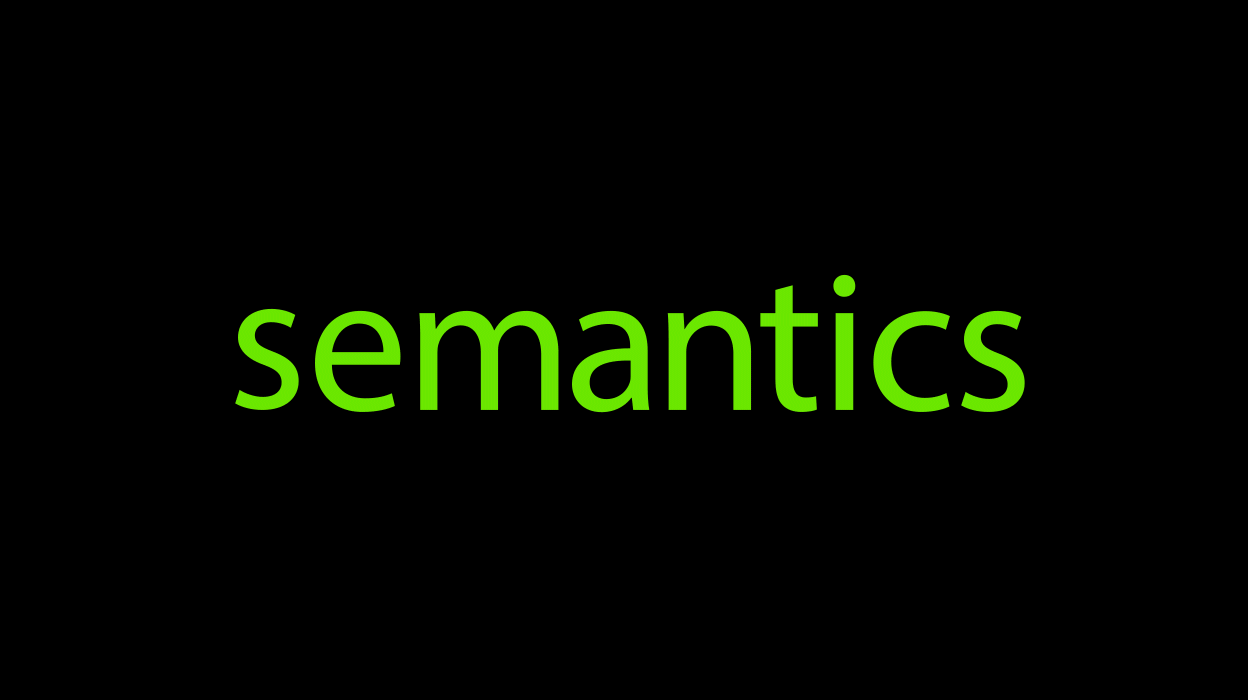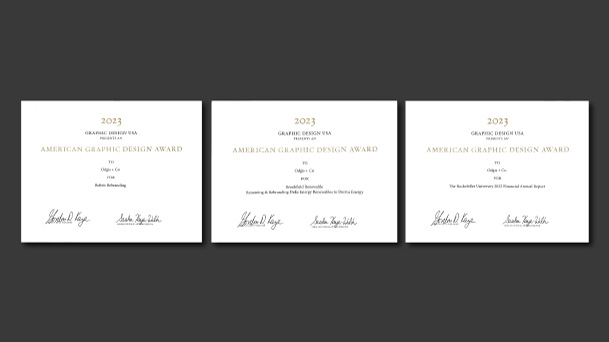The Relationship Between Semiotics and Semantics in Creating a Visual Language
9/28/2021
The relationship between semiotics and semantics, like all relationships, is both interconnected and complicated. This article will attempt to simplify otherwise complex theories into simpler components and discuss how they play into visual language and can be utilized to strengthen your brand. However, every company and its brand are different and therefore the application of signs and symbols varies. What I can do is give you a flavor of the factors at play because that, in itself, is fascinating.
Branding is a strategic combination of semiotics and semantics working together to form a specific visual language. Designers create visual language to define and express brands.
The underlying theory behind all of this can be found in the study of semiotics and semantics.
Semiotics uses form such as:
• symbols
• patterns
• set of signs
• images
• color
Semiotics is helpful to comprehend how we create and interpret patterns in several communication systems. Then, it allows us to develop a system to deliver a specific message that can be easily understood.
Semantics uses words to define and express the brand’s:• purpose
• values
• mission
• typography
• guidelines for logo usage
Semantics is the branch of linguistics and logic concerned with meaning. It is a linguistic theory that investigates word meaning. This theory understands that the meaning of a word is fully reflected by its context.
All the theories aside, Steve Jobs said “Design is not just what it looks like and feels like. Design is how it works.”
It’s the Creative Director’s job to consider these concepts and combine all the appropriate aspects of meaning and visual interpretation into a connected whole that can uniquely speak its own branding language. A visual language will only work if it’s believable. It must represent who and what you truly are, to stand the test of time.
By Janet Odgis
Read the LinkedIn article here
What is Visual Language?
Semiotics and semantics work together to form a specific visual language; this strategic combination forms a cohesive brand. Visual language can be defined as a system that communicates through visual elements. It is perceived by our eyes and interpreted by our brain, which receives the signal and transforms it into sensations, emotions, thoughts, and actions. It uses images or symbols to convey meaning. The patterns of these visual elements can be recognized by the audience you are trying to reach. Visual language can help your company differentiate itself, establish a stronger identity, and streamline communication more effectively. Using a consistent visual and verbal language system fortifies your brand identity to make it memorable.Branding is a strategic combination of semiotics and semantics working together to form a specific visual language. Designers create visual language to define and express brands.
The underlying theory behind all of this can be found in the study of semiotics and semantics.
What is the difference between semiotics and semantics?
According to Henrik Sunde (Department of Design, Norwegian University of Science and Technology), “Semiotics is the study of signs, and semantics is the study of their meaning. In product semantics, these linguistic concepts are used to describe design. Applied to design, the product is the sign, and it concerns how designers encode meaning into their products and how they communicate with the user. Possible goals can be to describe the product’s purpose or use, to express desired attributes or characteristics, or to encourage certain user behavior. The importance of product semantics has been to create products with improved usability and likability to increase their chance of success.”Semiotics uses form such as:
• symbols
• patterns
• set of signs
• images
• color
Semiotics is helpful to comprehend how we create and interpret patterns in several communication systems. Then, it allows us to develop a system to deliver a specific message that can be easily understood.
Semantics uses words to define and express the brand’s:• purpose
• values
• mission
• typography
• guidelines for logo usage
Semantics is the branch of linguistics and logic concerned with meaning. It is a linguistic theory that investigates word meaning. This theory understands that the meaning of a word is fully reflected by its context.
All the theories aside, Steve Jobs said “Design is not just what it looks like and feels like. Design is how it works.”
Creating an authentic visual language
To make a brand work, lots of factors are at play. Words and images alone might not mean anything but in the right context they form an idea.It’s the Creative Director’s job to consider these concepts and combine all the appropriate aspects of meaning and visual interpretation into a connected whole that can uniquely speak its own branding language. A visual language will only work if it’s believable. It must represent who and what you truly are, to stand the test of time.
By Janet Odgis
Read the LinkedIn article here



